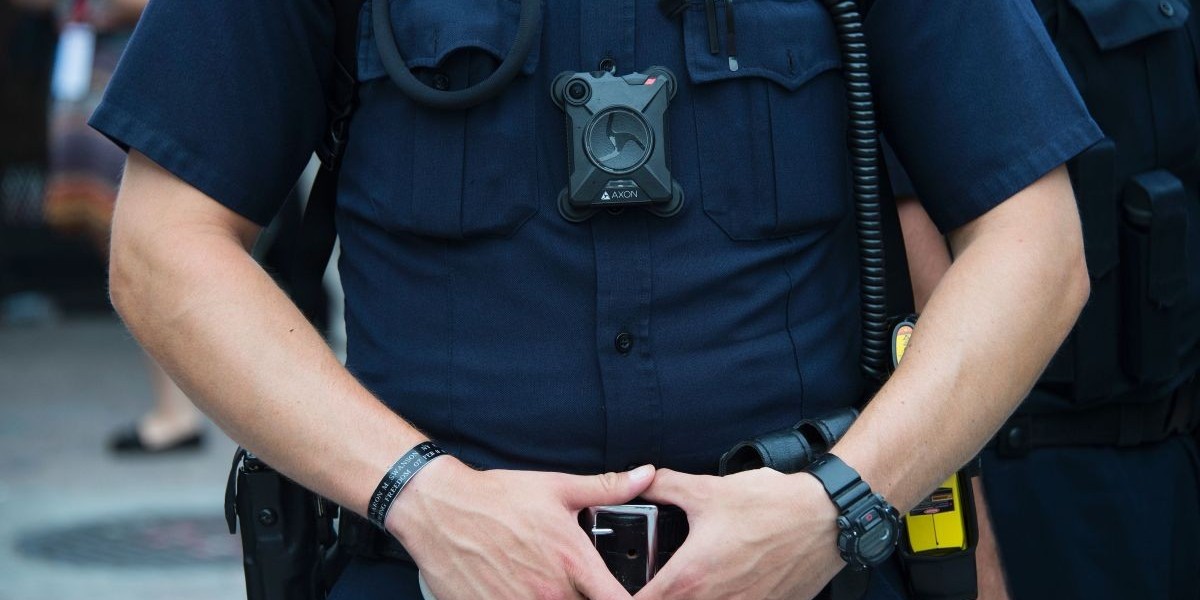Law enforcement uniforms have a rich history that reflects the changing nature of policing and societal needs. From their humble beginnings as simple attire to their modern-day tactical designs, the evolution of law enforcement uniforms is a fascinating journey through time.
- Traditional Uniforms: Functionality Meets Symbolism
In the early days of law enforcement, uniforms served primarily functional purposes. Officers wore clothing that distinguished them from civilians while providing durability and practicality for their duties. These traditional uniforms often featured elements such as brass buttons, peaked caps, and badges, symbolizing authority and professionalism.
- Symbolism and Authority
As Law Enforcement and Military Clothing agencies began to formalize, uniforms became standardized to reinforce the authority of officers and establish a sense of order in communities. The distinctive appearance of these uniforms conveyed a message of security and trust to the public, reassuring them that trained professionals were on hand to maintain law and order.
- Transition to Tactical: Meeting the Challenges of Modern Policing
With the rise of organized crime, terrorism, and other complex threats, law enforcement agencies recognized the need to adapt their uniforms to meet evolving challenges. The transition from traditional to tactical uniforms marked a significant shift in approach, with a greater emphasis on functionality, mobility, and protection.
- Incorporating Tactical Elements
Tactical law enforcement uniforms are designed with input from officers and experts in fields such as military combat and outdoor survival. They feature innovations such as ripstop fabrics, reinforced stitching, moisture-wicking materials, and modular attachments for gear and equipment. These elements enhance the performance and safety of officers in high-risk situations.
- Balancing Tradition with Innovation
While tactical uniforms offer undeniable advantages in terms of performance and protection, they also raise questions about the balance between tradition and innovation in law enforcement attire. Some argue that the adoption of military-style uniforms blurs the lines between civilian policing and military operations, potentially eroding community trust and increasing tensions.
- Community Engagement and Perception
Law enforcement agencies must consider the impact of their uniforms on community engagement and public perception. While tactical uniforms may offer practical benefits in certain situations, they should not overshadow the importance of building positive relationships with the communities they serve. Striking a balance between functionality and approachability is crucial for fostering trust and cooperation.
- The Future of Law Enforcement Uniforms
As technology continues to advance and new threats emerge, the evolution of law enforcement uniforms is likely to continue. Future uniforms may incorporate wearable technology, advanced protective materials, and sustainable design principles to meet the needs of officers and address environmental concerns. However, regardless of how uniforms may change, their underlying purpose remains the same: to protect and serve with integrity and professionalism.
The evolution of law enforcement uniforms reflects the dynamic nature of policing and the ongoing quest to adapt to new challenges while upholding tradition and professionalism. By understanding the history and significance of these uniforms, we gain insight into the complexities of law enforcement and the dedication of those who wear them in service to their communities.



